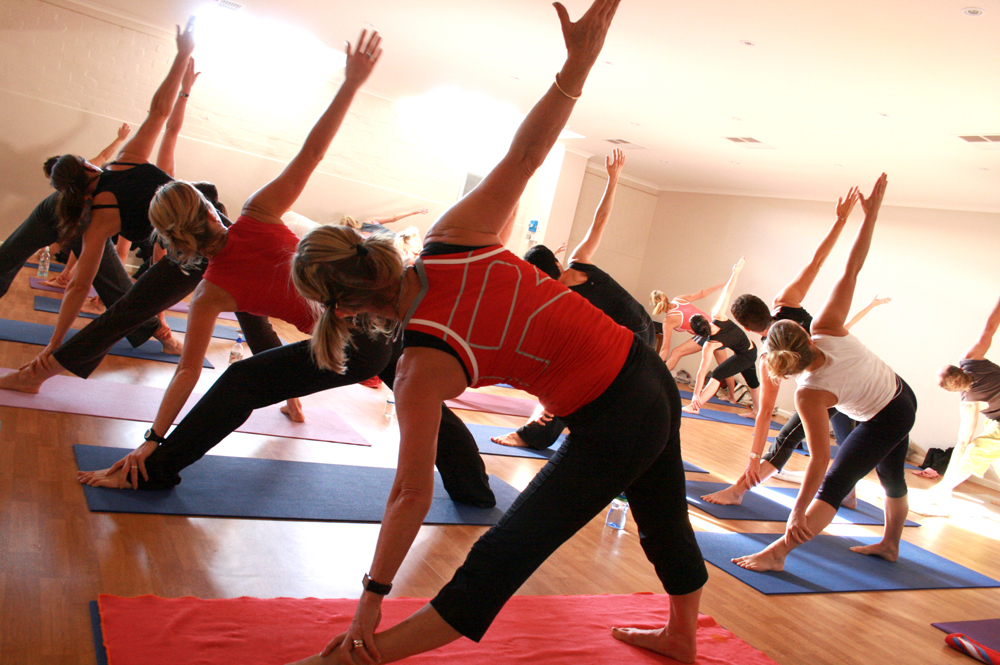 Many dance students who are getting ready to commence their vocational training at performing arts institutes will also be introduced to the term ‘body conditioning’. It is something that all dancers are aware of as a means to improve their technique and overall presence in the performance space, and many continue working on their body conditioning for years on end.
Many dance students who are getting ready to commence their vocational training at performing arts institutes will also be introduced to the term ‘body conditioning’. It is something that all dancers are aware of as a means to improve their technique and overall presence in the performance space, and many continue working on their body conditioning for years on end.
In general terms body conditioning will see dancers work to tone and sculpt their muscles aside from their technique classes, in areas such as Pilates, yoga and classes which purely focus on stretching. Other ways of carrying out body conditioning may include muscle toning or building exercises with weights or in a gym, such as for their abdominals, glutes or hamstrings.
Lots of preparation of body conditioning is done throughout rehearsals too, making sure the body is ready for what the choreography and performances require from the dancer. Body conditioning ensures dancers have enough strength and stamina to complete the task ahead to best of their technical and performance ability, such as staying ‘on your leg’ in turns and balances, making sure the performance is as successful as the rehearsal period.
In this sense, body and core conditioning is a hugely important part of the rehearsals and off-stage preparations. If the body’s strong and able, executing the choreography is wholly easier. Many dancers undertake conditioning exercises in order to define their muscles further however the most important part of body conditioning is ensuring the body is healthy, strong and ready for the demands made on it. This then gives way to the creation and sustaining of an illusion on stage in which the body performs something so far removed – in terms of ability and physicality – from the audience. The body and muscles are used efficiently as a strong base to perform the movement from.
Image courtesy of the Wikimedia Commons.
